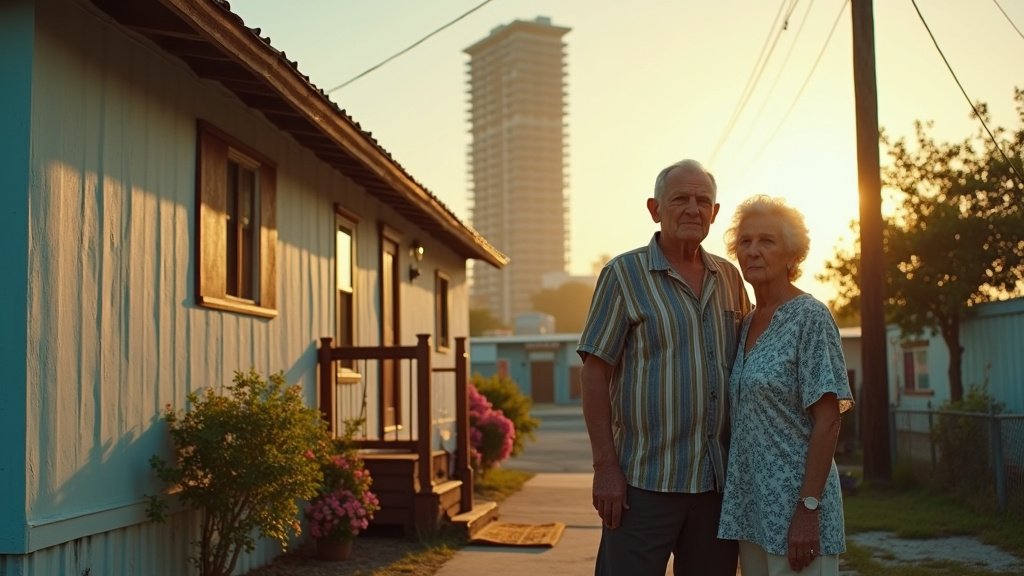Introduction
An editorial published in the Miami Herald on June 25, 2025, addresses recent developments concerning the devastating Surfside condominium collapse. The piece offers a significant perspective, suggesting that the most recent findings related to the tragedy could potentially validate the deepest and most significant fears surrounding the catastrophic event.
The Surfside collapse, which occurred on June 24, 2021, claimed the lives of 98 people and sent shockwaves across South Florida and the world, raising urgent questions about structural integrity, building maintenance, and regulatory oversight in coastal communities.
The Editorial’s Perspective
The Miami Herald editorial, presented as an Opinion piece, delves into the implications of these newly surfaced discoveries. While the specifics of the findings are discussed within the editorial itself, the summary indicates that their nature is such that they resonate deeply with pre-existing concerns about the building’s condition and the factors contributing to its failure.
Opinion pieces in distinguished news organizations like the Miami Herald serve to provide analysis, context, and informed viewpoints on critical issues. In this instance, the editorial board or author is using the platform to articulate a significant concern: that ongoing investigations or analyses are converging on conclusions that align with the direst predictions or warnings that may have existed before or immediately after the collapse.
Examining the Potential Findings
The summary of the editorial suggests the latest findings touch upon areas critical to understanding the collapse. These likely include detailed analyses of the building’s structural integrity, examining potential flaws in design, materials, or construction that may have rendered the Champlain Towers South condominium vulnerable. Investigations often involve complex engineering assessments, forensic analysis of debris, and review of original building plans and subsequent inspection reports.
Furthermore, the editorial potentially explores regulatory oversights as a contributing factor. This aspect would examine whether existing building codes were sufficient, whether inspections were adequately performed, whether warnings were heeded, or if there were gaps in governmental or condominium association responsibilities that failed to prevent the disaster. The suggestion that findings might confirm fears implies that evidence could be emerging that points strongly towards significant failings in these systems.
The opinion piece likely connects these specific findings to other contributing factors that may have played a role, such as environmental conditions specific to the coastal location, the impact of nearby construction, or issues related to the building’s age and maintenance history. The convergence of multiple factors is often the reality in such complex structural failures.
Confirming the “Biggest Fears”
The phrase “biggest fear” is powerful and suggests that the findings do not merely add detail, but potentially affirm a particularly concerning hypothesis about the cause of the collapse. These fears could encompass several aspects:
* Confirmation of catastrophic structural failure points: Was there a fundamental flaw so severe that collapse was almost inevitable without intervention?
* Validation of neglected warnings: Did clear signs of distress exist that were overlooked or inadequately addressed?
* Exposure of systemic regulatory failures: Does the evidence point to deeper issues within the permitting, inspection, or enforcement systems that could affect other properties?
* Understanding the speed and totality of the collapse: Do the findings explain why the building failed so rapidly and completely?
The editorial’s assertion that the findings may confirm these fears indicates a high degree of concern about the implications of the technical or investigative results currently being analyzed. It’s a journalistic interpretation of the significance of those findings, viewed through the lens of public safety and accountability.
Implications for the Community and Future Safety
For the community affected by the Surfside tragedy, particularly the survivors, victims’ families, and residents of nearby buildings, findings that confirm their biggest fears can be emotionally devastating, reinforcing the horror of the event and potentially fueling anger over what might have been preventable. It solidifies the understanding that the disaster may stem from issues that were gravely serious and perhaps identifiable.
Moreover, the implications extend far beyond Surfside. Confirmed findings about structural issues or regulatory failures have direct relevance to future building safety. They highlight the critical need for rigorous inspections, updated building codes, and strict enforcement, particularly for aging structures in vulnerable environments like coastal South Florida. The fears solidified by these findings underscore the urgency of proactive measures to prevent similar catastrophes.
An opinion piece exploring this angle serves to bring these potentially alarming findings to public attention, prompting discussion and potentially galvanizing action from policymakers, building associations, and residents across the region.
Conclusion
The Miami Herald editorial published on June 25, 2025, serves as a poignant commentary on the ongoing process of understanding the Surfside condominium collapse. By suggesting that the latest findings may validate the community’s and experts’ biggest fears regarding structural integrity, regulatory oversight, and contributing factors, the opinion piece underscores the gravity of the situation. It highlights the potential for these discoveries to not only provide answers about the past but also to serve as a critical, and perhaps alarming, warning for the future of building safety and the systems designed to protect residents.





